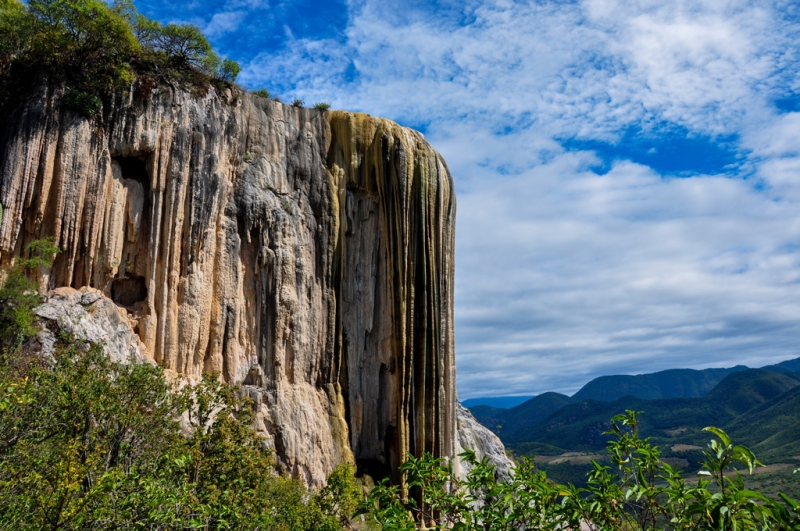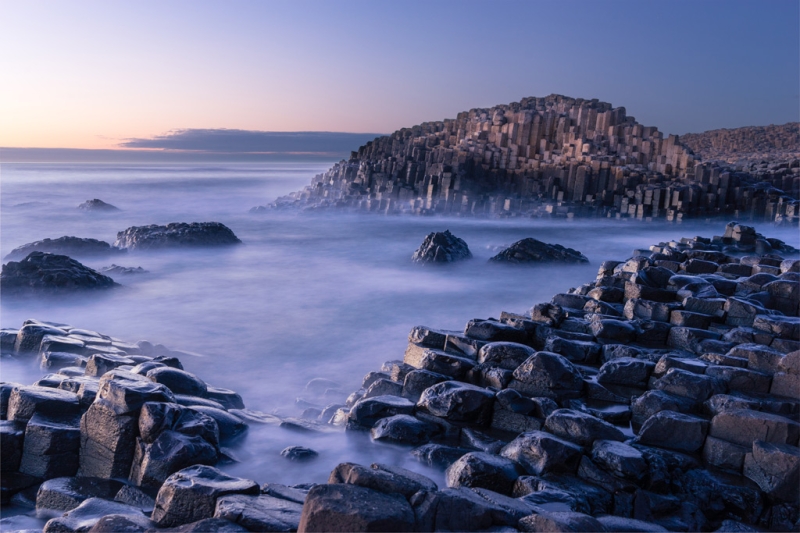
Flights into space remain inaccessible to most people – the budget of one such trip would more than cover trips to all countries of the world. What to do if you want to see something out of the ordinary? The answer is simple: look for extraterrestrial places on our planet. We have collected 15 such places especially for Cosmonautics Day.
Wadi Rum Desert, Jordan

The unusual scenery makes it easy to believe that the Jordan Desert is on another planet, without the need for a lot of computer effects. It’s not for nothing that certain scenes of the second part of “Transformers”, “Star Wars VII: The Force Awakens”, almost all of “The Martian” and other films were filmed here.
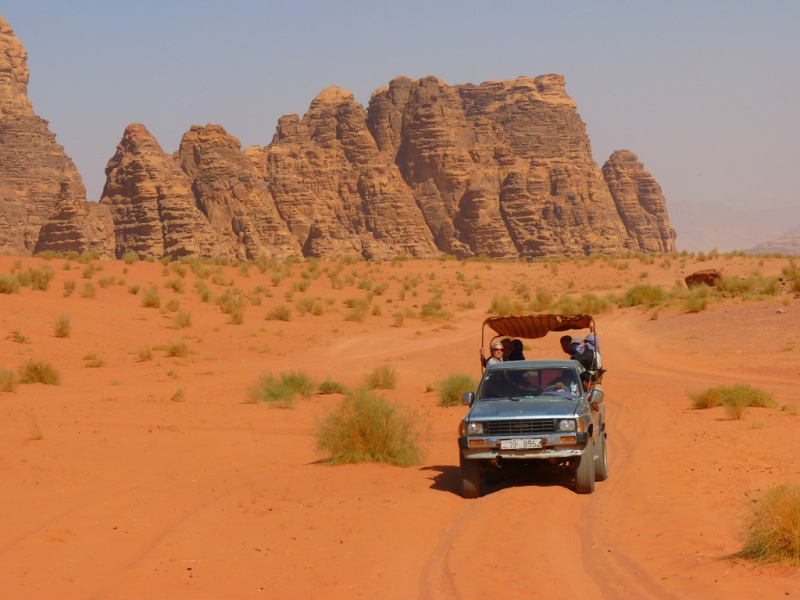
Such popularity of Wadi Rum is easily explained – just look at photographs of this desert. The sand, depending on the lighting, can be yellow-orange or almost red. Extreme lovers can go mountaineering; There are moderately high cliffs here. Local Bedouins accompany tourists and arrange excursions for a fee.
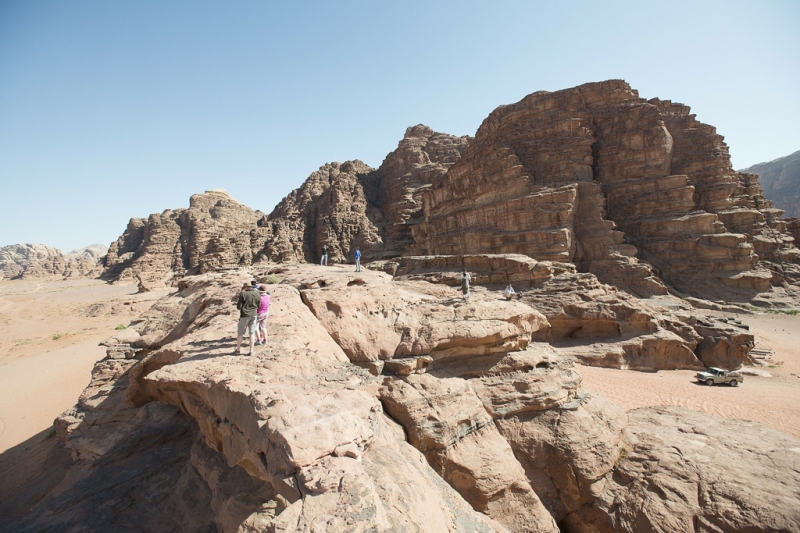
Chocolate Hills, Philippines
This place in the Philippines is associated with chocolate only by the brown color of the grass in the dry season – then the hills look like truffle candies. They are located on the island of Bohol and play a significant role in the tourism of the archipelago: the hills were even placed on the coat of arms and flag of the province.
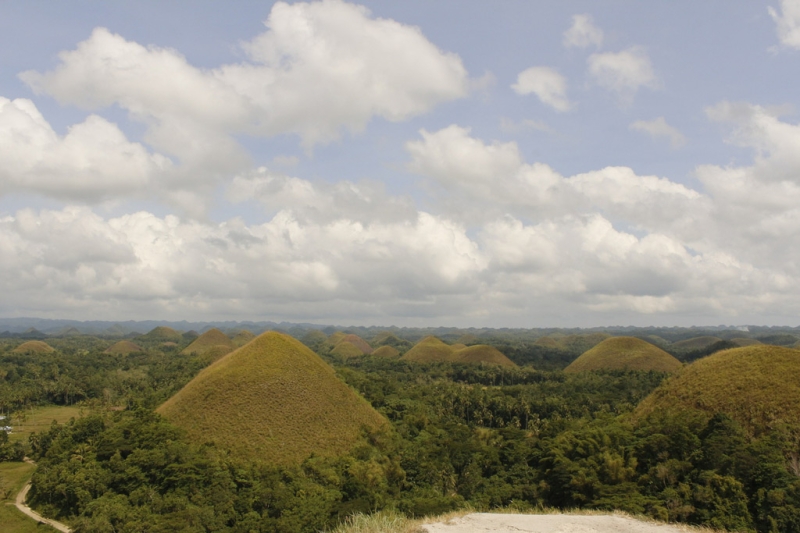
More than a thousand hills with a height of approximately thirty to one hundred and twenty meters appeared 2.5 billion years ago. There is a hypothesis that they were formed as a result of tectonic shifts, but why the elevations are so even is unknown. The hills attract many tourists; this place is a must visit if you find yourself in the Philippines.
Eaglehawk Neck, Australia
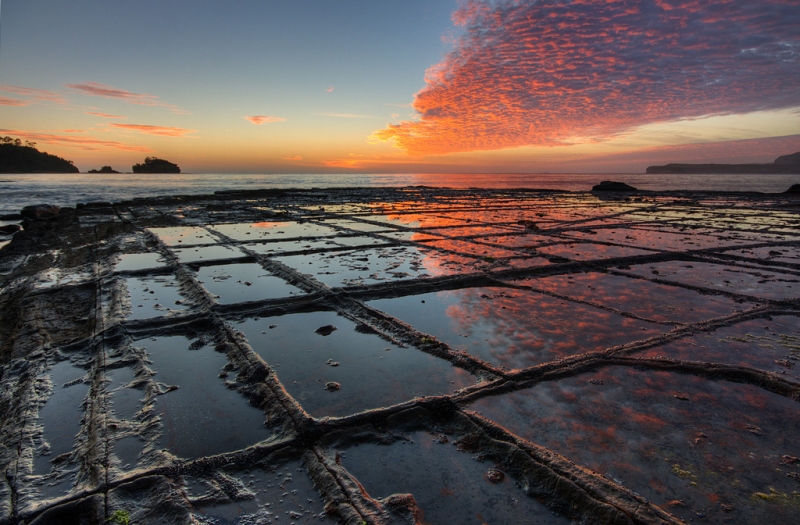
In the Australian state of Tasmania you can see a unique natural phenomenon called the “mosaic pavement”. The coastal area looks as if it was paved with large, geometrically smooth slabs. The effect was due to the shift of tectonic plates, which led to rock fragmentation and the appearance of unusual cracks.
Eaglehawk Neck itself is famous for its prison, from which one could only leave along a narrow isthmus guarded by guard dogs.
Eye of the Sahara, Mauritania
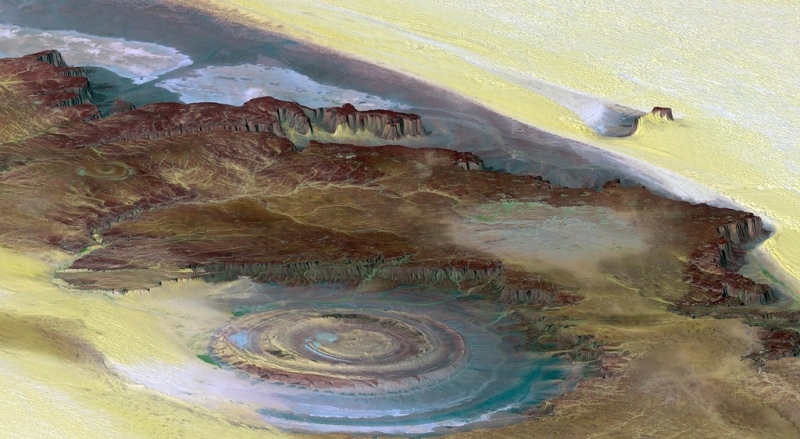
In the Sahara Desert there is a crater called Güel Er Richat, or the Eye of the Sahara. From certain angles it can easily be mistaken for extraterrestrial. The diameter is fifty kilometers, and it is best to view Richat from a high altitude – for example, from an airplane. Or through a smartphone screen from a quadcopter.
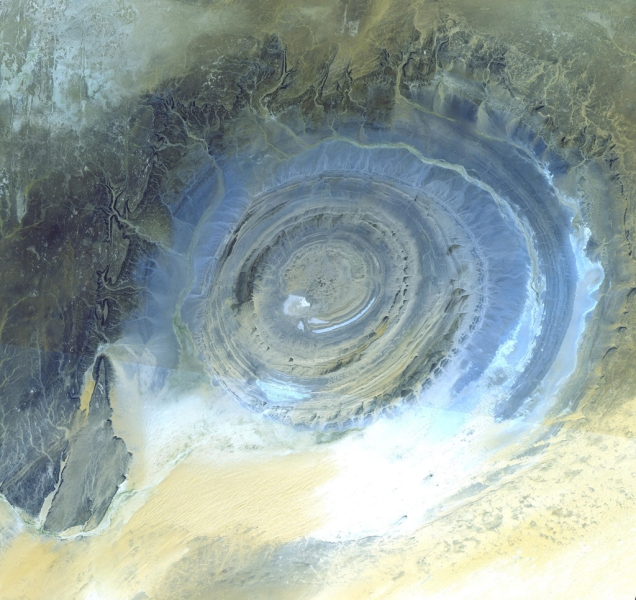
Various theories have been put forward regarding the appearance of such an unusual formation in the desert. The opinion about the crater from a meteorite impact was not confirmed – no traces of the collision could be found. Scientists suggest that the Eye of the Sahara appeared as a result of erosion.
Antelope Canyon, USA
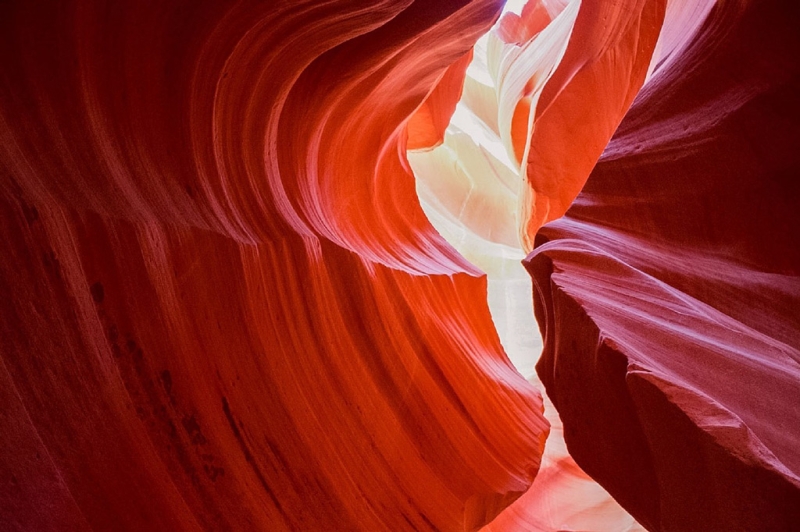
The canyon gets its name from its color, which is similar to the hue of antelope’s hide. For a long time, the crevices between the rocks were washed by rainwater and blown by strong winds – this is what formed such bizarre shapes. The canyon is divided into Upper and Lower: there are usually no problems with visiting the first, but getting to the Lower is more difficult – you need to go down long iron stairs, before the installation of which tourists even used ropes.
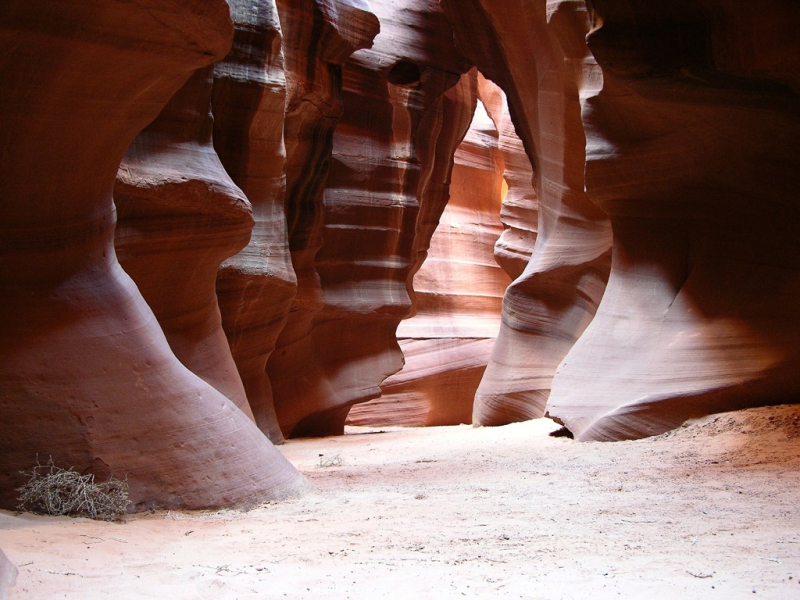
Photographs are not able to convey the stunning play of light and shadow that occurs in the crevices of the canyon. Special shades and lighting make this place fascinating and not like this earthly place. Best time to visit: March-April and October-November.
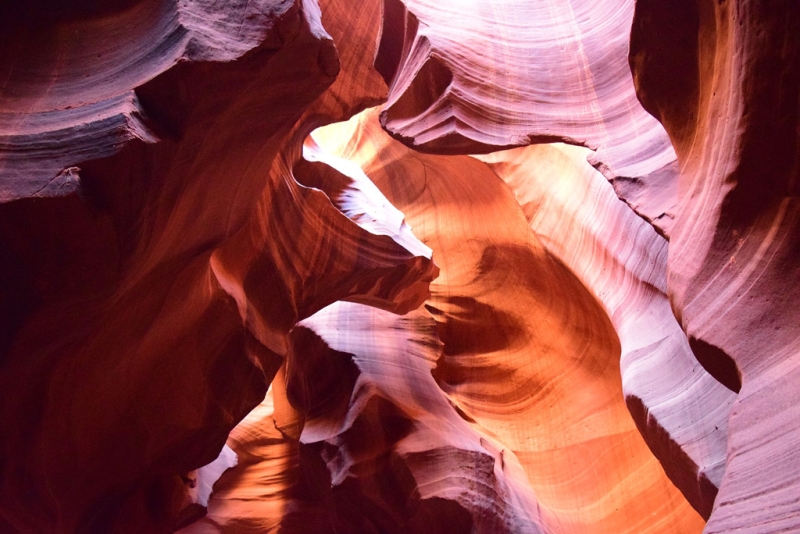
Dead Fly, Namibia
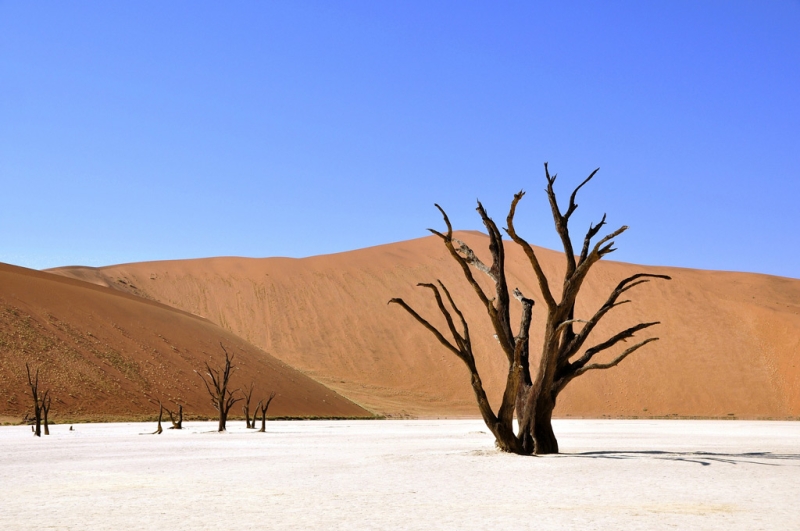
Desert in Namibia Dead Fly (Dead vlei or dead swamp),
, like Wadi Rum, also became a setting for a film – “Steel Dawn” (1987) with Patrick Swayze in the title role was filmed here. The action took place after the Third World War and it is hardly possible to find a more suitable place for such an environment. Dead fly looks lifeless and alien.
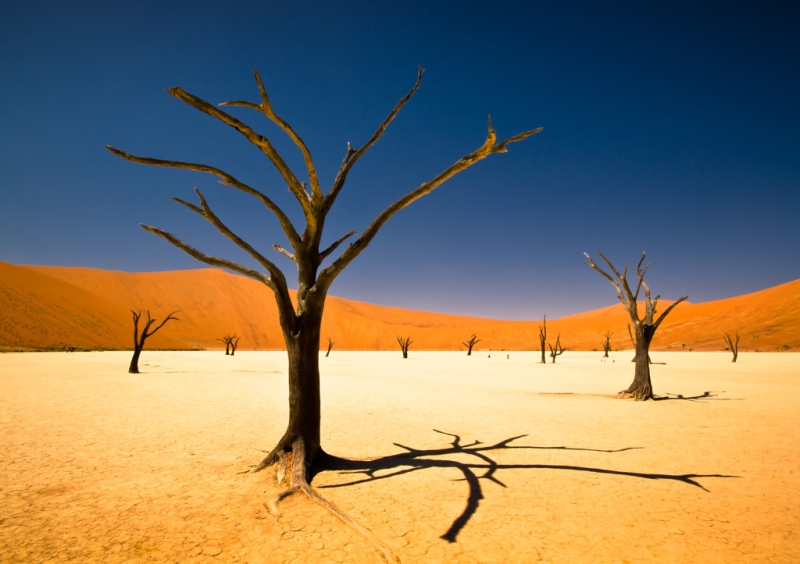
There were once lakes and vegetation here, but the dunes dried up the place and destroyed all the flora. Now there are only black tree trunks scorched by the sun. Deadvlei has some of the largest dunes in the world – some reach four hundred meters in height.
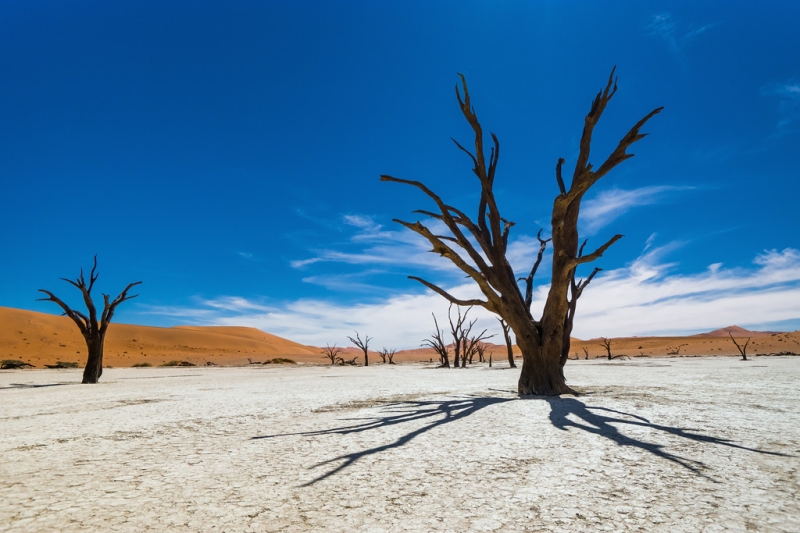
Giant’s Causeway, Northern Ireland
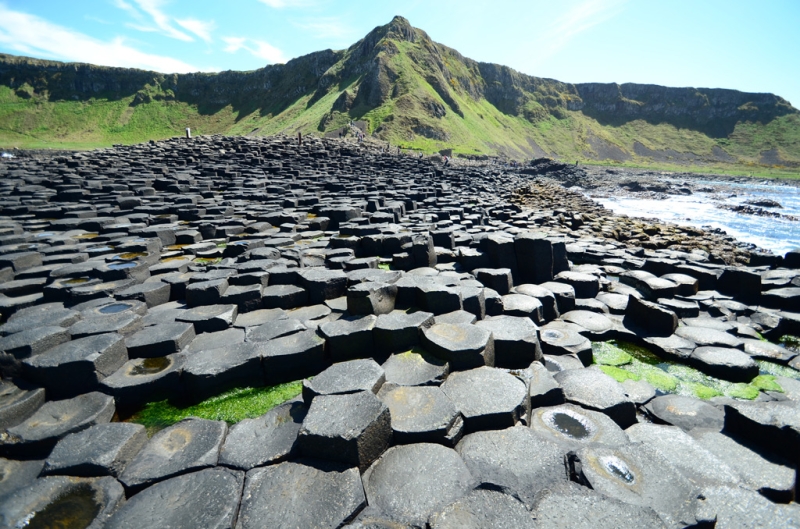
At first glance at the Giant’s Causeway (aka the Giant’s Causeway), it seems that the slabs that make it up are of artificial origin, but only nature had a hand in this place.
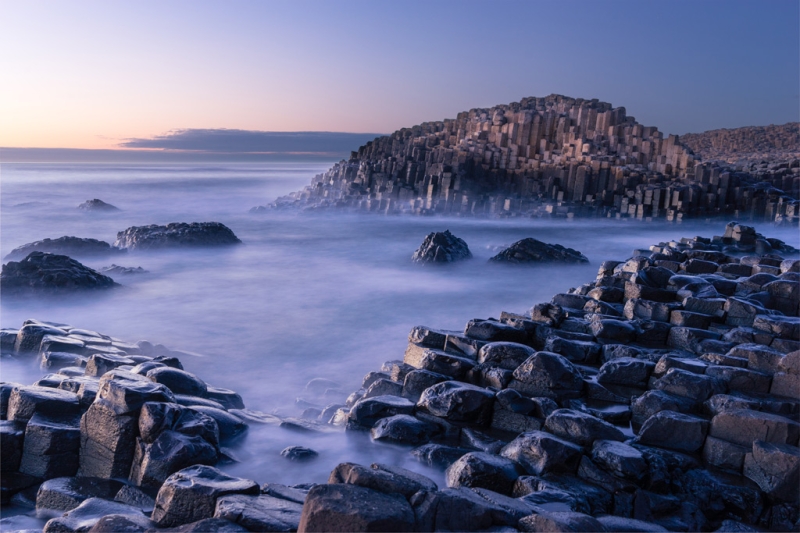
Approximately forty thousand basalt columns appeared after a volcanic eruption 50-60 million years ago. These columns are difficult to compare with anything known to man, and they could well pass for a cultural structure of an extraterrestrial civilization.
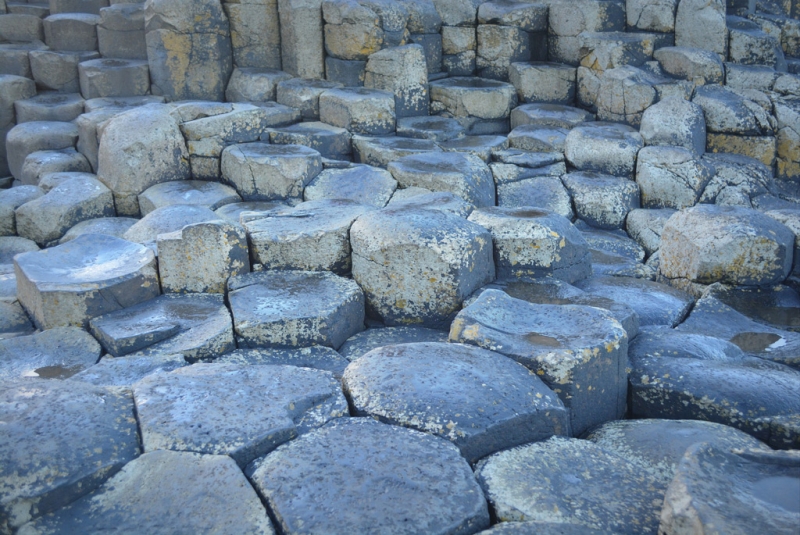
Zhangye Danxia, China
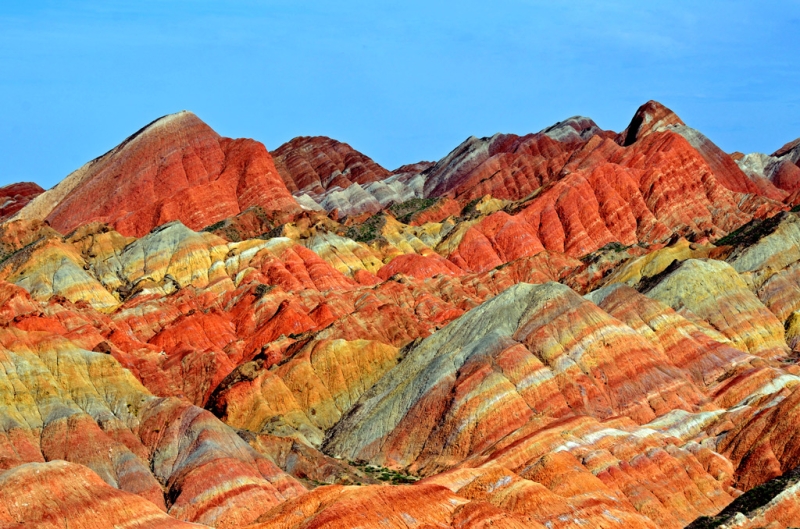
On the territory of the Zhangye Danxia National Geopark in the Chinese province of Gansu there are quite unusual mountains – it seems that their slopes were painted by hand. This effect resulted from the shift of tectonic plates. And precipitation and wind worked on the bizarre shapes of the rocks.
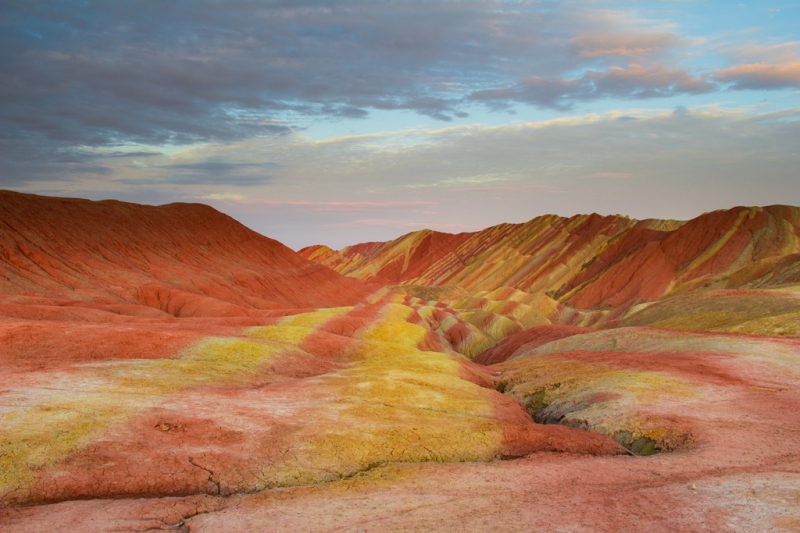
The mountains quickly became the main attraction of Gansu, and thanks to investment, the park attracts more and more tourists every year, increasing the number of access roads and viewing platforms.
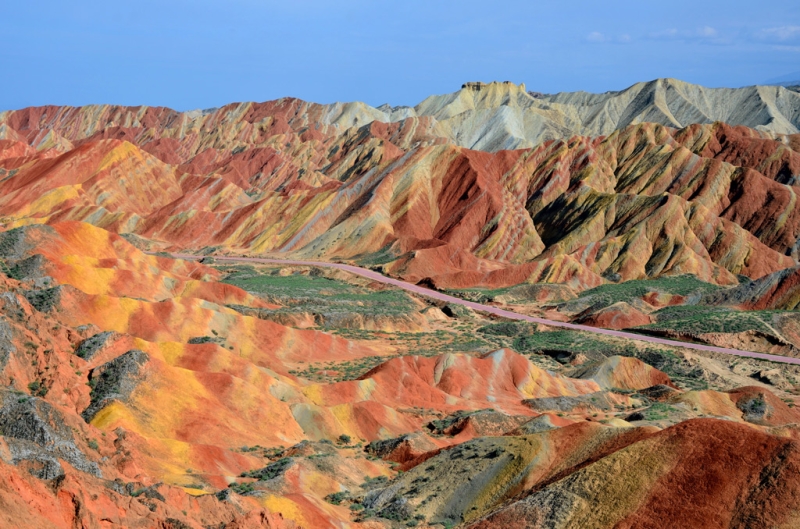
Moon Alley, Brazil
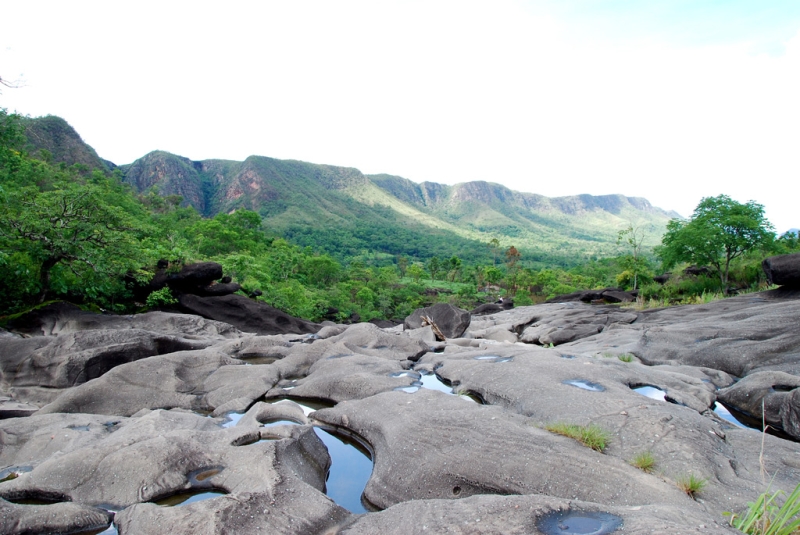
Moon Alley is located in the national park with the long name Chapada dos Veadeiros. The unusual shade of gray makes this place look like the lunar surface, hence its name.
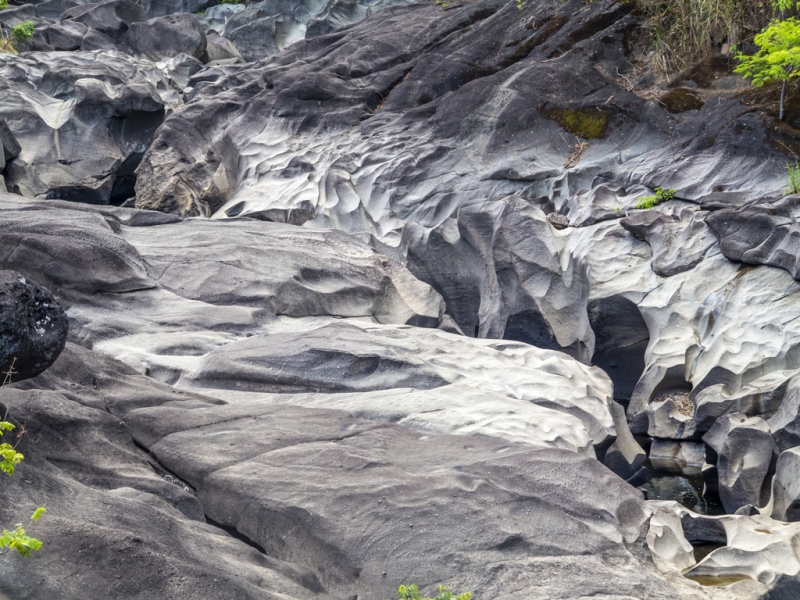
The mountain plateau that includes Lunar Alley was formed about two billion years ago; these mountains are considered the oldest on the planet. The intricately shaped stones are quartz, which, under the influence of the San Miguel River, acquired such an original appearance.
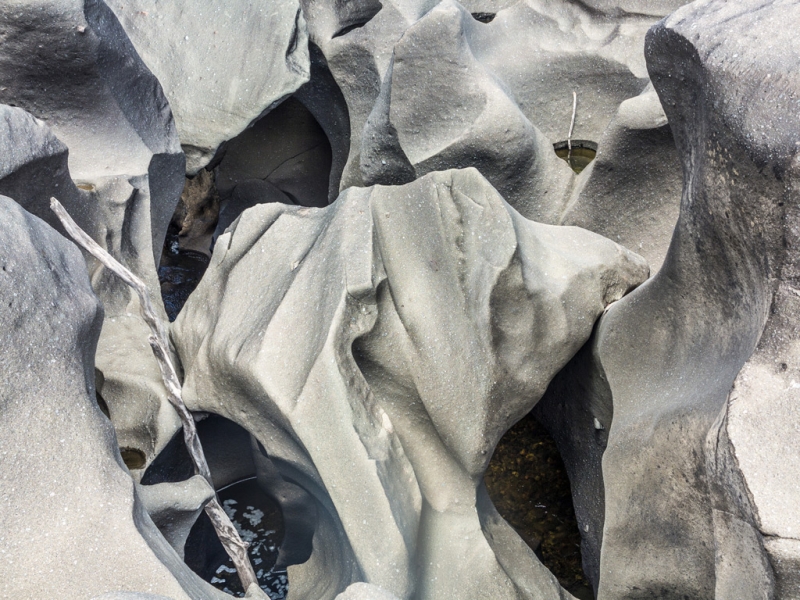
Lake Hillier, Australia
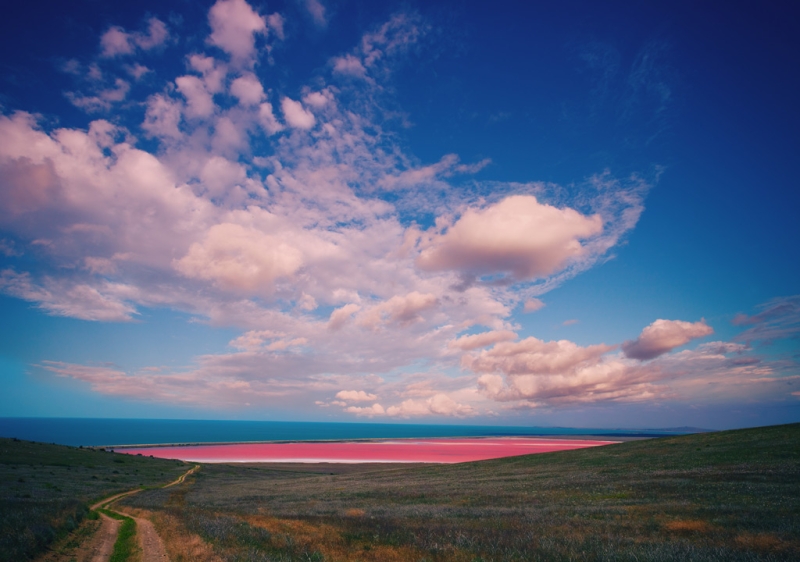
Lake Hillier is famous for its unusual color – the water is bright pink. Scientists have not yet discovered the secret of this reservoir. Various assumptions have been made – for example, that such coloring is created by microorganisms living in water. But the tests showed no deviations from the norm – this is quite normal water, only pink. It is essentially no different from the water in other lakes in this area.

Unfortunately, this place is difficult to get to. The tourist infrastructure is not developed, the easiest way is to fly, but it cannot be called cheap.
Wai-O-Tapu, New Zealand
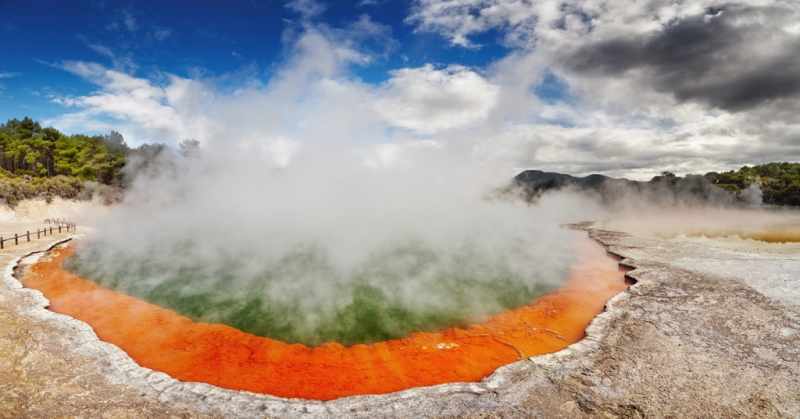
This area of New Zealand is full of geysers and steamy lakes. Among others, the Lady Knox geyser stands out, into which a special soap solution is poured daily, after which it erupts for a whole hour, and the column of water reaches 20 meters in height.
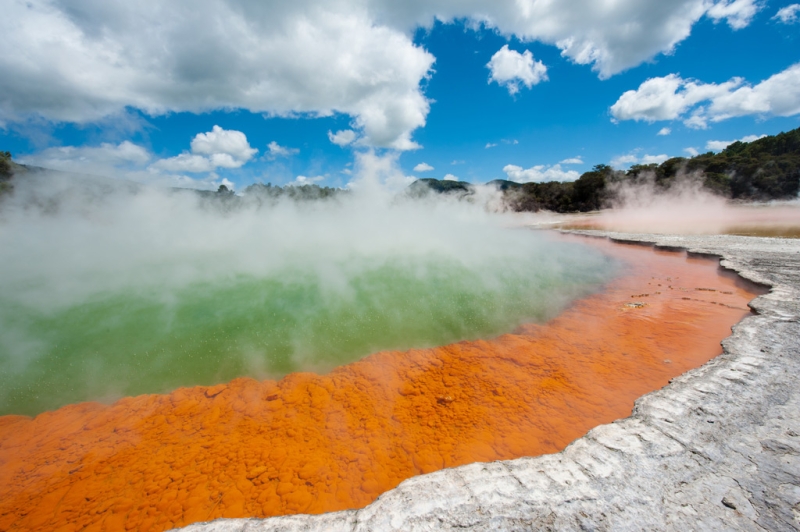
The water here is hot – about 75 degrees, and at the bottom reaches 260 degrees. The color of the water in the springs is unusual – rich green, orange, purple. The effect is obtained due to compounds of sulfur and iron.
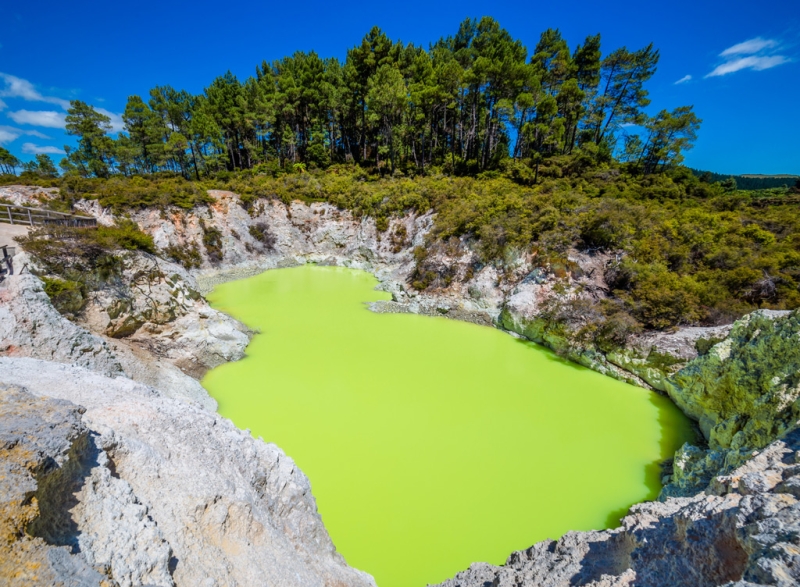
Shilin Stone Forest, China
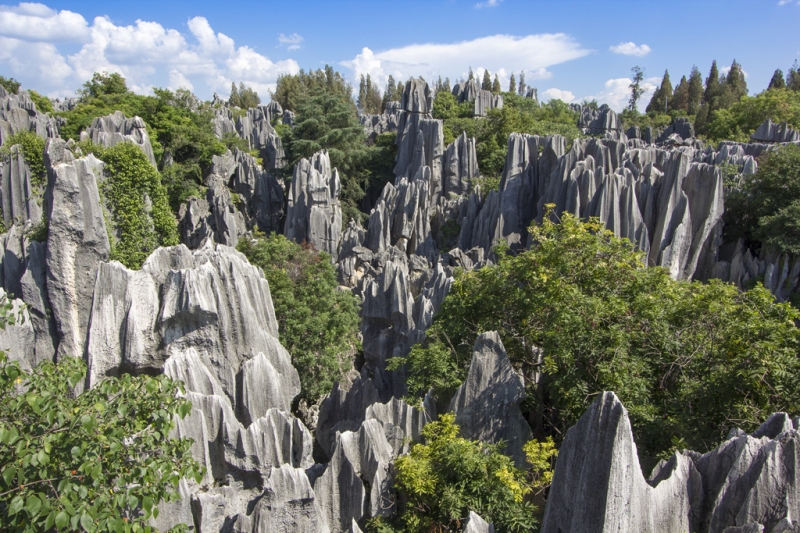
Shilin National Park, covering an area of 350 square kilometers, is best known unusual rock formations, from which its name comes.
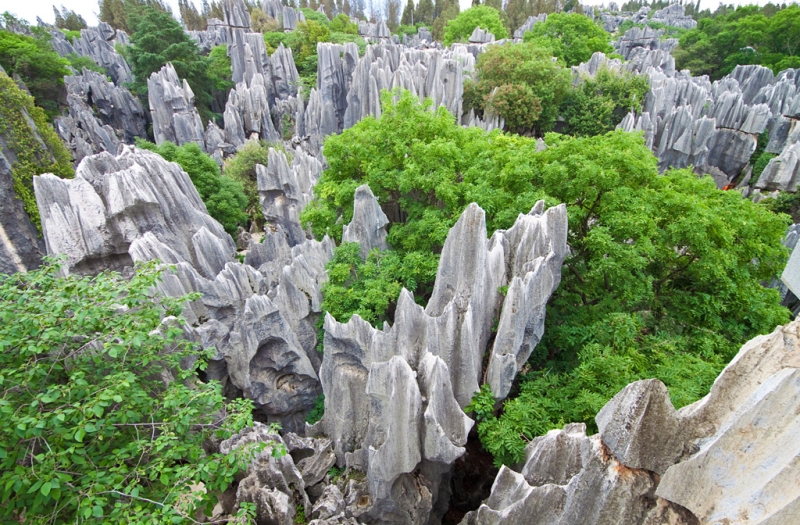
There are a lot of tourists here, and if you want to take a quiet walk around the park, it is better to go out early in the morning. The length of each route is several kilometers. It is not recommended to leave the tourist paths: it is easy to get lost in the park and it is better to go there only with a guide who knows the area.
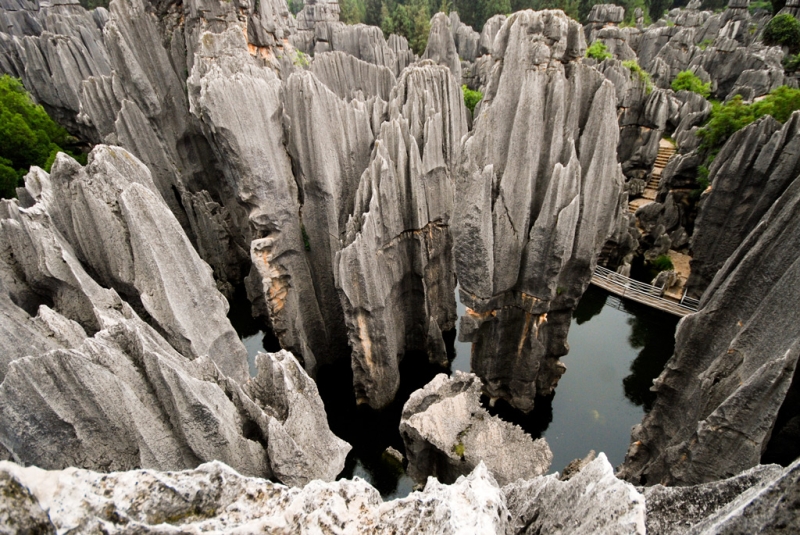
Cave of Crystals, Mexico
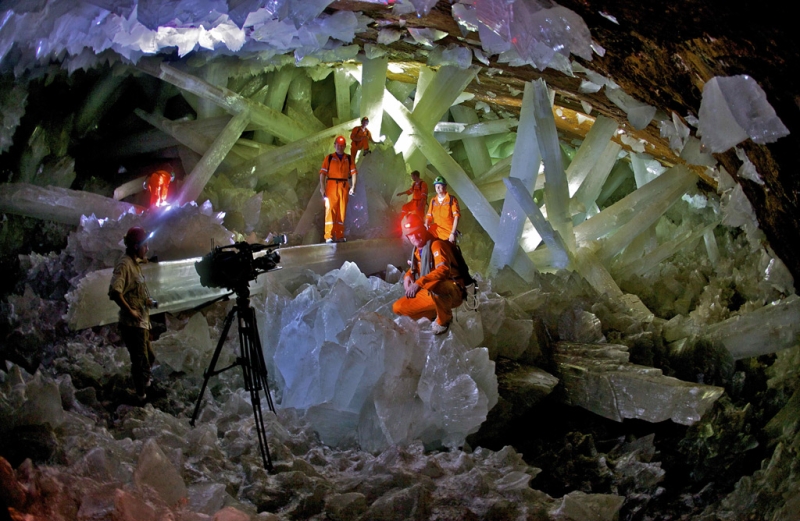
This amazing cave full of giant crystals was discovered while digging a tunnel in a Mexican mine. The largest of the crystals is four meters wide and eleven meters long. The rest are smaller, but also considered incredibly large.

The cave is under constant risk of flooding – water is constantly being pumped out of it. Geologists continue to explore the cave and believe that there may be other deposits of huge crystals nearby.
Lake Natron, Tanzania
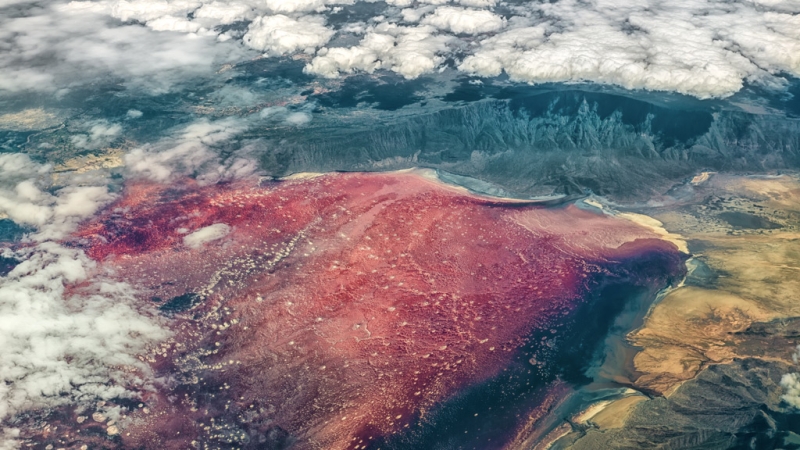
In the north of Tanzania, near the border with Kenya, there is a curious Lake Natron. It is noteworthy in that the salt crust in it is often colored dark pink or red. This is due to microorganisms that live in the lake.
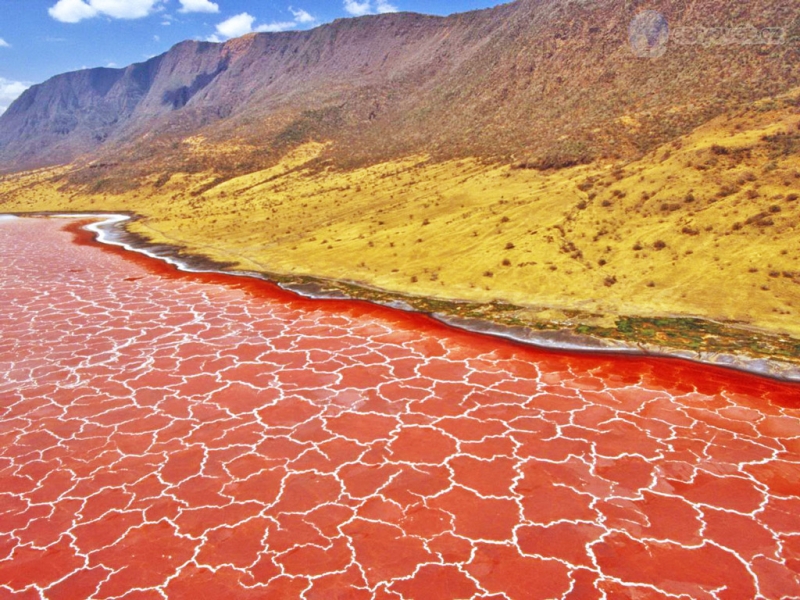
The salt concentration in Natron is destructive for most animals, and the water temperature reaches 60 degrees Celsius. Accidentally finding themselves on the surface of the lake, many birds die, turning into eerie-looking statues. At the same time, the place serves as a kind of protection for other creatures: flamingos are safe here, because predators cannot get close to them.
Hierve el Agua, Mexico
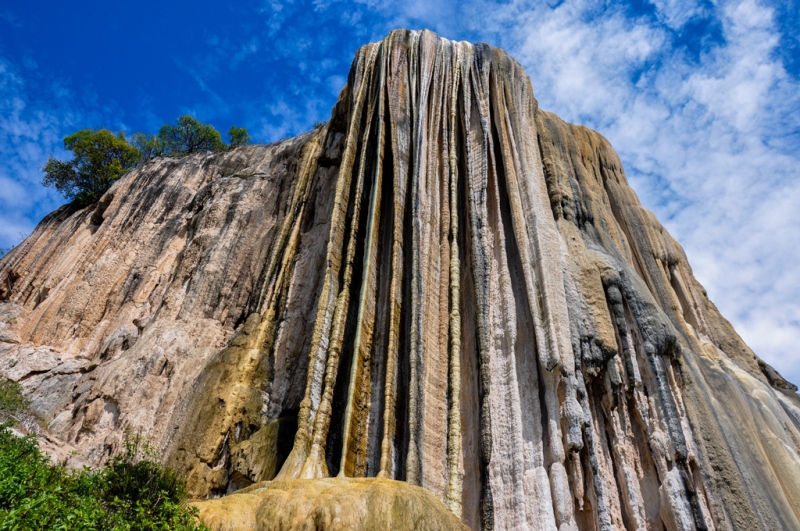
The Mexican waterfall, whose name translates as “boiling water,” is notable for its unusual appearance. It seems that the water seems to have frozen. This effect is obtained due to the mineral springs at the top of the waterfall: when flowing, the drops crystallize and form stalactites. There are two waterfalls in total: a larger one and a smaller one.
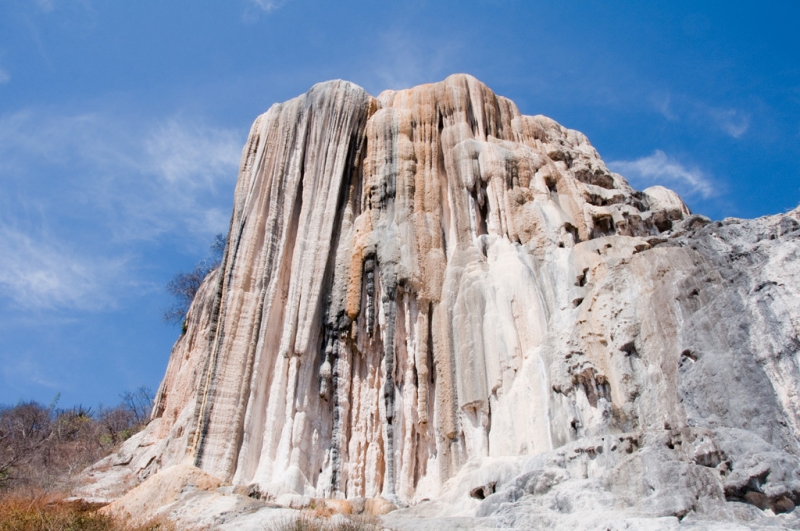
Tourists are attracted to this place by both its beautiful views and healing springs. Waters rich in minerals improve health and help cope with some ailments.
